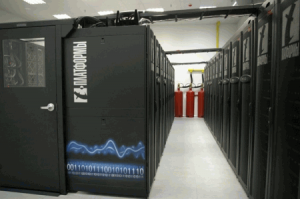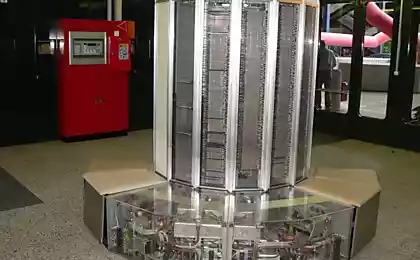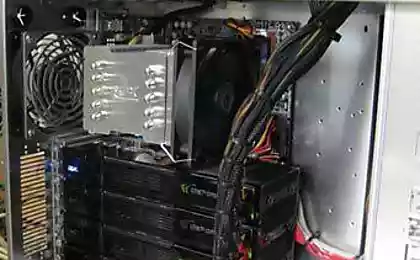955
"Lomonosov" supercomputer simulates the development of Russia in the next 50 years

Supercomputer "Lomonosov" launched a model that simulates the development of the socio-economic system in Russia over the next 50 years. A simulation model was developed to analyze the development of the innovation sector in Russia.
Before the experts was tasked to evaluate the impact of innovative industries on socio-economic and demographic indicators of the country in the medium and long term. Development was carried out by the research groups of the Central Institute of Economic Academy of Sciences and Moscow State University. A simulation model based on the interaction of 100 million Alerts conditionally representing the socio-economic environment in Russia. The behavior of each agent is given a set of algorithms that describe his actions and interactions with other agents in the real world. This model was developed in the simulation environment AnyLogic technology agent-based modeling. This method is used for the study of systems whose behavior is determined by the combined action of many disparate agents.
Development of models on a national scale requires a powerful computer technology. On a standard PC calculation models of this complexity can take years. Using 200 processors of a supercomputer it possible to make a prediction model for 50 years for medium volume of 100 million agents. All calculations took 1 minute 30 seconds. It was also attempted to run the model with 1000 processors. In this case, the solution to the same problem has been spent about 16 seconds. Besides the "Lomonosov" (414 TFlops), the model was tested by 2 supercomputers: MVS-100K (123 TFlops) and "Chebyshev" (60 TFlops).
In large-scale studies need to use a large number of agents. Experiments with the model showed that the same parameters (fertility, life expectancy, etc.) can lead to different results depending on the size of the society. When you run the same version of the model with different numbers of agents, the results differed by 4, 5%. In the first case, simulation was conducted for 100 million. Agents, and in the second - 100 thousand. Agents.
The project has involved 5 persons: 2 experts CEMI (VL Makarov, AR Bakhtizin) and 3 from the Moscow State University (VA Vasenin, VA Rohan, IA Trifonov). The data for the simulation were provided by the Federal State Statistics Service and the Russian monitoring of the economic situation and public health. Model for normal PC was built in 2009, and in 2010 it was converted into a "supercomputer" version. As a simulation tool was selected Russian software AnyLogic. To date it is the only software product that supports all simulation methods. "Agent-based modeling - one of the priorities of CEMI. Now in development is a number of models, in particular: a model of the transport network in Moscow, a model of corporate mergers and acquisitions, a model of social clusters "- said A. Bakhtizin, a leading researcher at the Laboratory of Experimental Economics CEMI.























